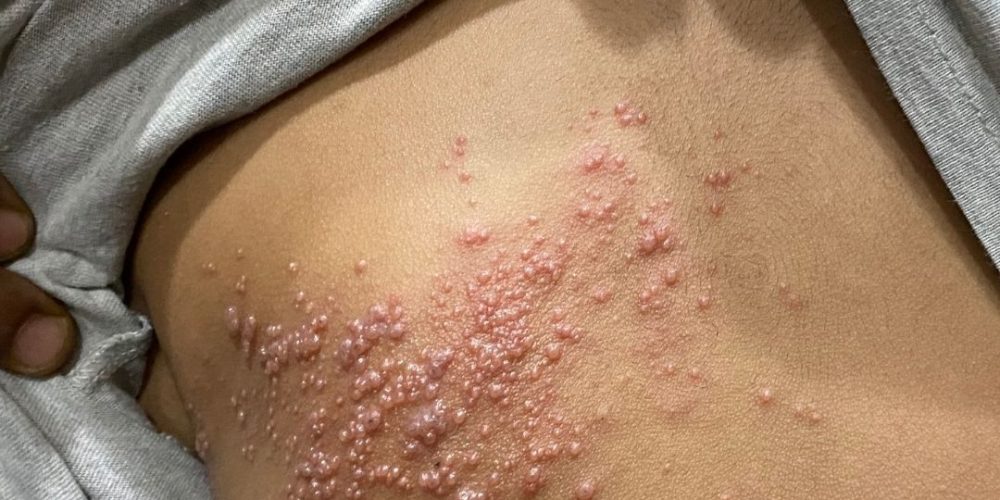Shingles, also known as night burn, is a viral skin disease, usually in the elderly, painful, often on the trunk, first with redness and then with fluid-filled bubbles.
Why does shingles appear?
The virus that causes shingles is the same virus that causes chickenpox and is called 'Varicella'. This virus, which remains hidden in the nerve roots in the spinal cord for years after chickenpox, emerges when the body's immune system weakens and starts the typical shingles disease.
How does shingles start?
It is usually unilateral, burning, stinging, pain, increased sensitivity. Within a few days following these symptoms, it starts with a red rash with bubbles that fill up and collect water over time. These sores, which may appear inflamed, then dry up and heal by falling off.
Is shingles contagious?
People who have not had chickenpox or have not been vaccinated can catch it.
How is shingles diagnosed?
Initially, it is difficult to make a diagnosis when there is only redness and pain. In the period when fluid-filled bubbles form following the pain, the diagnosis becomes easier.
How is shingles treated?
Shingles can resolve spontaneously within 2-3 weeks. The aim of treatment is to reduce the painful process and accelerate healing. It is very important to start treatment within the first 72 hours.
Does Shingles Leave Scars?
Wounds caused by a shingles rash can leave scars and stains. This risk can be reduced with supportive treatment.
Can Pain Persist at the Site of Shingles After the Disease Has Healed?
Following the healing of wounds, a painful period called "postherpetic neuralgia" may develop, especially in patients over the age of 50. In the treatment of this pain, there are different treatments to be planned according to the severity of the pain in order to improve quality of life.

